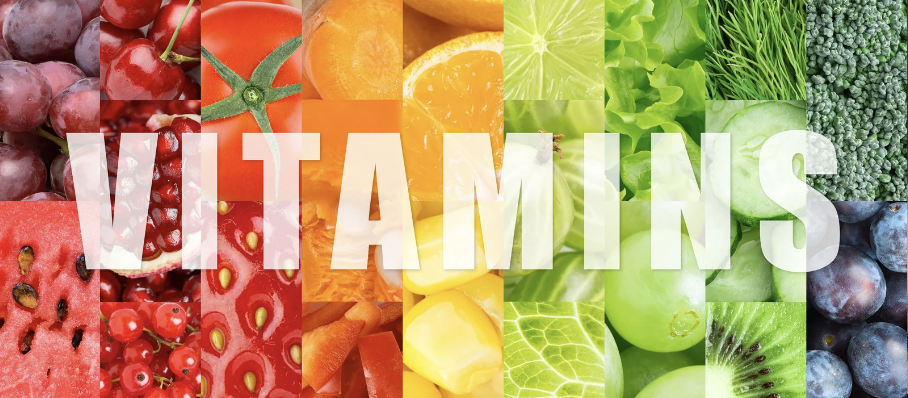Here’s a fun fact for you: in 1916, more than a decade before the formation of recommended dietary allowances for the daily intake of calories and nutrients, the U.S. Department of Agriculture established the first food groups.
It can be difficult to fit in enough recommended servings of whole foods each day, so it’s understandable why so many are drawn to taking vitamins as a way to supplement; however, it’s always better to eat real foods for your daily intake of vitamins and minerals. Supplements aren’t always formulated using the best practices or using high-quality ingredients, and they lack the dietary fiber you get from eating the real thing.
When we eat fresh foods and obtain our nutrients this way, we benefit from not just a few nutrients, but a whole package of healthy goodness that goes beyond just a few vitamins and minerals. Supplements are usually sold as a single nutrient or with a limited number of nutrients.
For example, when cold and flu season hits, oftentimes we rush to the store to grab a quick vitamin C fix in the form of a capsule with 1000% of the recommended daily allowance of vitamin C, backed by so many health claims that it’s a powerhouse against illness. While taking vitamin C as a supplement may help, do you know what would be even more beneficial? Eating a real orange.
Our society has created the belief that more is better. If we take a megadose of something, it will work better and faster to boost our immune system and heal our body, when in reality our body needs real, whole foods. Our bodies are not designed to consume a megadose of anything, but God designed our food to be exactly what we need.
Going back to vitamin C, one orange has 139% of your daily vitamin C requirement. In addition to vitamin C, you will also benefit from vitamin A, thiamin, folate, calcium, potassium, and natural fiber you won’t get from a vitamin C pill.
So, how much is a recommended daily serving of fruits and vegetables?
* Fruits. Moderately active women through the age of 30 and moderately active men of all ages require 2 cups of fruit per day, while women over the age of 30 should reduce their daily intake to 1 1/2 cups, according to the USDA. A 1-cup serving of raw or cooked fruit generally counts as 1 cup of fruit toward total daily intake. An 8-ounce glass of 100 percent fruit juice also counts as 1 cup of fruit. Smaller servings of dried fruit, however, count toward more of your daily intake because dried fruit is significantly higher in calories and nutrients. A 1/4 cup serving of raisins, for example, counts as 1/2 cup of fruit in daily intake terms, just as 1/2 cup of dried apricots counts as 1 cup of fruit.
* Vegetables. Moderately active women and men through the age of 50 require 2 1/2 cups and 3 cups of vegetables per day, respectively, while adults over the age of 50 should reduce their daily intake by 1/2 cup. In general, 1 cup of raw or cooked vegetables counts as 1 cup toward your total daily intake. Although a cup of mashed vegetables is generally more concentrated than a cup of sliced vegetables, USDA guidelines regard them as equivalent. An 8-ounce glass of 100 percent vegetable juice also counts as 1 cup of vegetables. While a 1-cup serving of cooked dark leafy greens counts as 1 cup of vegetables toward your daily intake, 1 cup of raw dark leafy greens equates to just 1/2 cup in daily intake terms.
* (information provided by SFGate Healthy Eating)
If you are a visual learner, we found this awesome infographic from Pampered Chef on how to eat your vitamins through whole foods. You can even save this to your mobile device and pull it up the next time you grocery shop to help you easily choose some fresh foods to fill up your basket.











